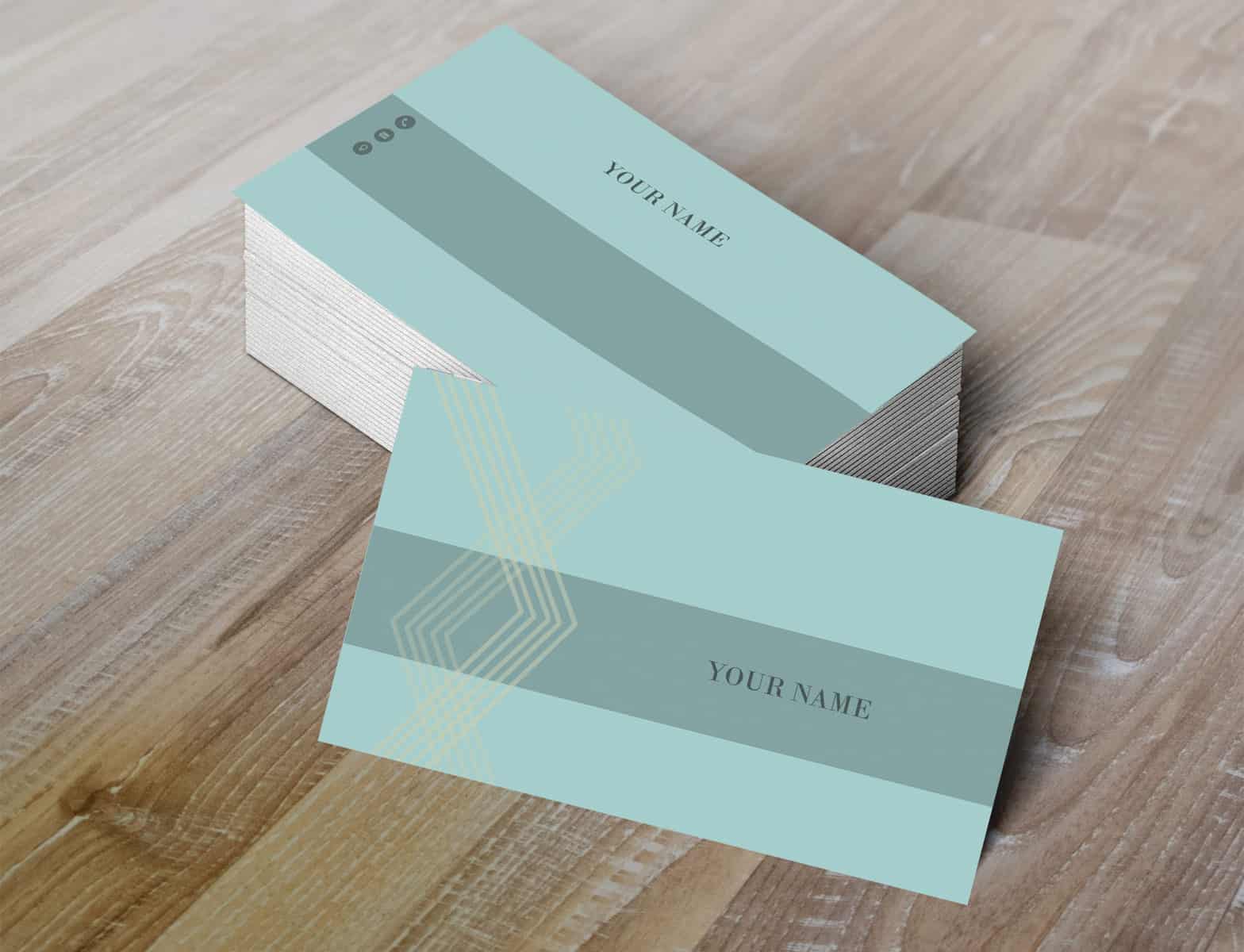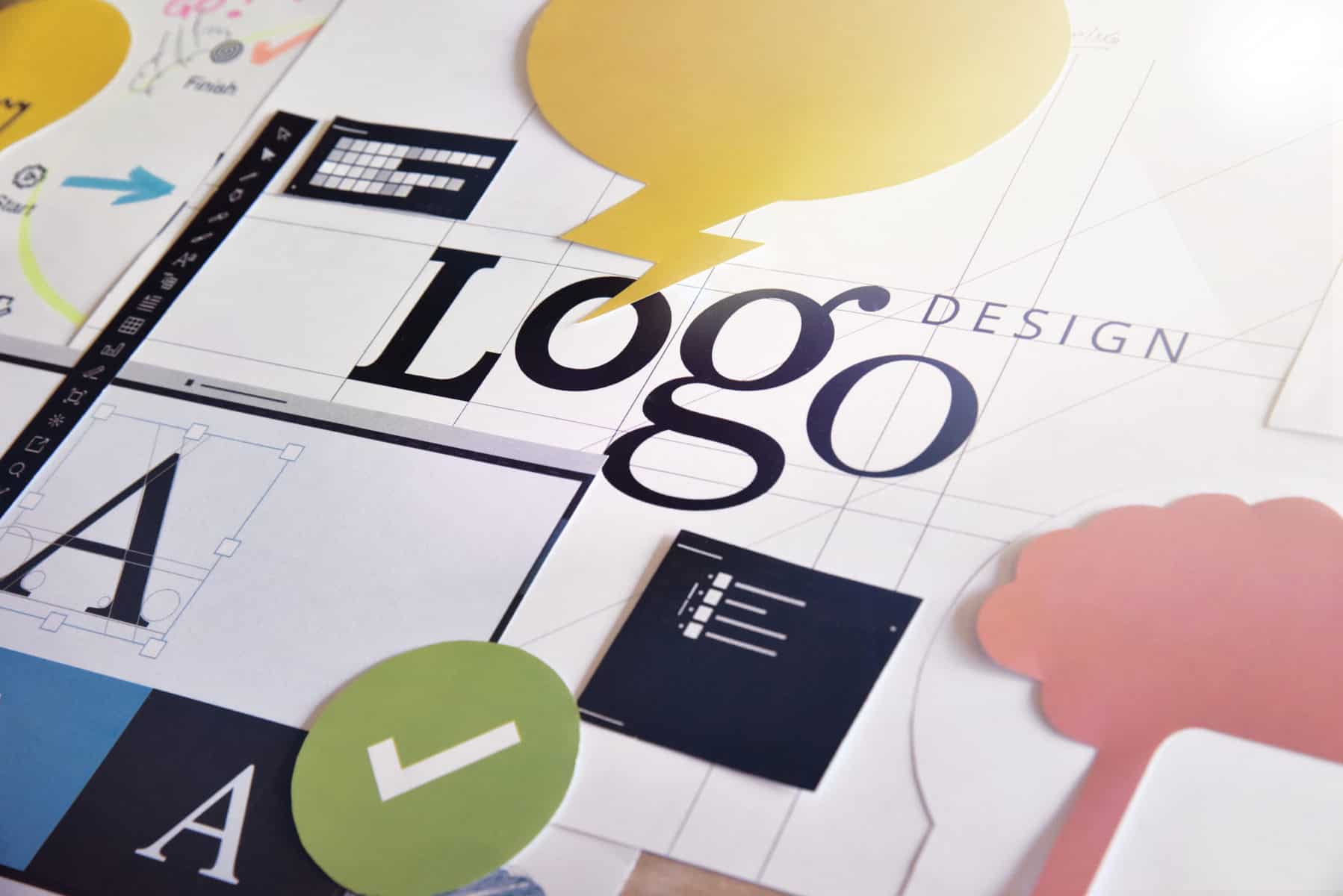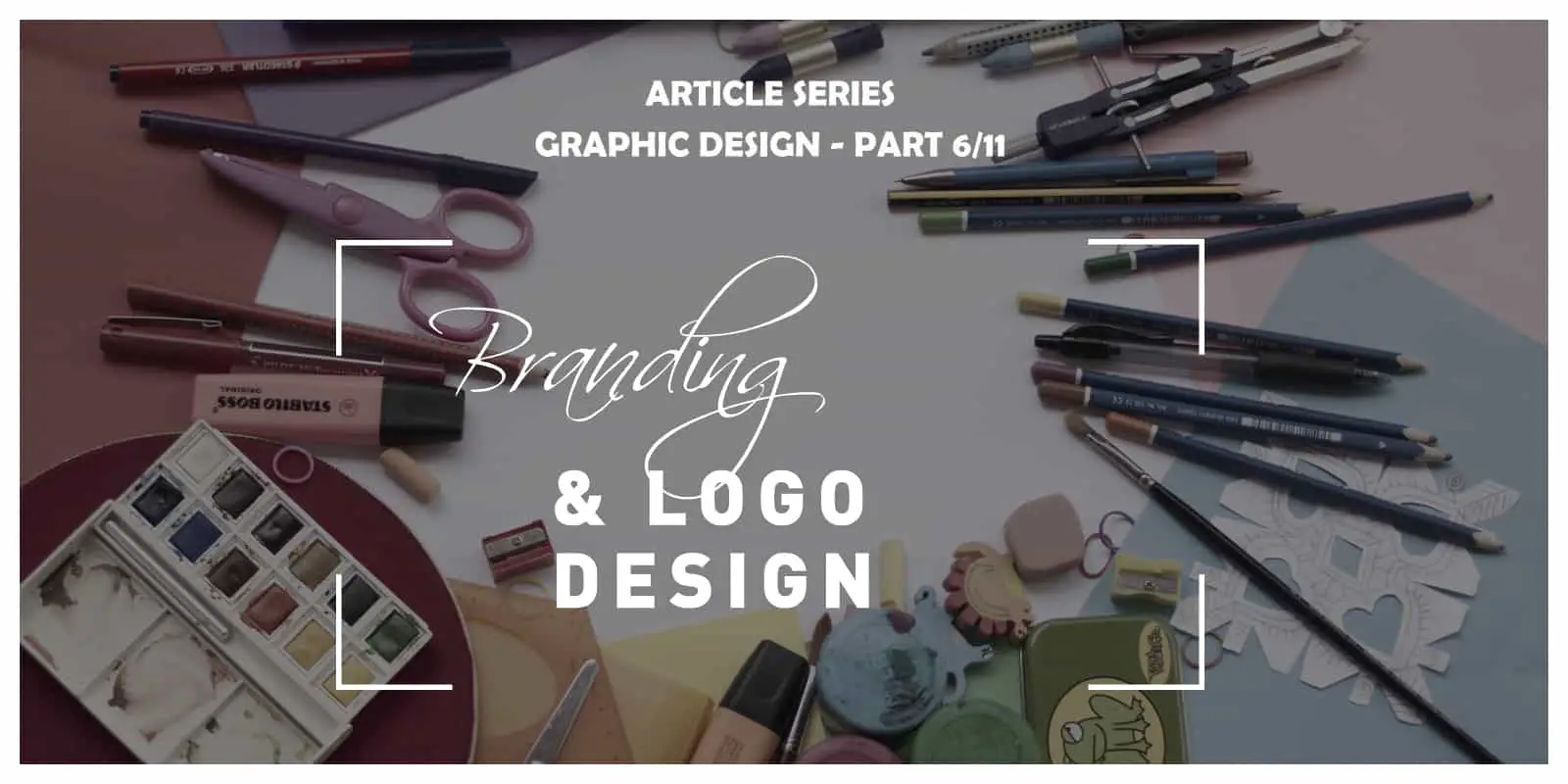Branding & Logo Design is the sixth article in the Ultimate Graphic and Web Design Basics Guide. It was meant for those looking to get their career started as designers, but also for those that are interested in the design process. Within the following series of the nine articles, and two “bonus tips” articles, we will cover everything you need to know to get started. Stay tuned for the following articles:
- The Basics of Graphic Design: What It Is, and What’s It For?
- Color Theory & Psychology
- Typography: How to choose the proper font
- Layout & Composition
- Photography in Graphic Design
- Branding & Logo Design
- How Graphic Design Translates into Web Design?
- User Experience – How to get it right?
- Modern Trends in Design
- Bonus tip: How to find your first gig
- Bonus tip: How to work with clients
Stay tuned for the full series!
The term branding stands for crafting a unique image for your brand. It is something that every business requires in order to be successful, especially the ones looking to set themselves apart.
The products and services you offer are temporary, and can “get old” over time, but good branding last forever. Just think how many times you have heard from the seniors in your family about some brand that is long gone but fondly remembered. What a lot of people get wrong about branding is that they confuse it with marketing or see it as the same thing. Marketing brings sales, but branding builds lifelong loyal customers. Branding goes further than the physical aspects of a brand. It is the feeling someone gets while using a brand. It lets the people know what to expect from your business and at which standard they should hold you up.
With almost every industry being oversaturated with products, it is hard to make a decision on one, that is why people most often go for the ones made by reputable brands. Good branding will attract not only customers but also quality professionals wanting to work specifically for your brand.
How to build a brand
Branding is developed in numerous ways like advertising (real life and online), customer service, packaging, content creating and publishing, logo design, and more. Building a brand is a process, and it should be done right. In the next paragraph, we will talk about the most crucial steps to building a brand.
Determine your audience
For your branding to be successful, you have to know who that branding is targeting, who your audience is. No brand is for everyone, so it shouldn’t attempt to cater to everyone. If you already have an audience, your audience is there for a reason. You have to get to know who they are, where they come from, and why they like your brand, so you can retain them and garner more of that same audience.

If you are a developing business without any followers, you need to think about the kind of audience you want, who your brand is for, and target people who fall into that category. Get to know their lifestyle and preferences, what they want and expect from a brand, which of your competitors do they like.
Failing to get to know your audience could be devastating for your business, so it’s in your best interest to do that and do it properly. Some guidelines for analyzing your audience could be age, gender, where they reside, profession, level of education, income, and similar.
When you get to know your audience, you won’t be wasting time, money, and effort on people who weren’t going to become your customers anyway.
Research your competition
Knowing your competition is a sure advantage for your business, you can see the right and wrong things your competition is doing and take hints from that. Both small and big businesses are your competitors, you are fighting for a spot with the established businesses, but the yet-to-be-established ones are the ones who you will be fighting with.
Not being familiar with your competition could lead to you blending in the sea of other brands and never getting your time in the spotlight, don’t let failing to do your research your competition lead you in that position.
Outline your qualities
A brand that is just starting off might not have plenty of resources, but it undoubtedly has qualities, discovered, and undiscovered. Every brand is unique and should use that to its advantage.
Besides the unique qualities, you can also stand out by giving stellar service, affordable prices, unique and interesting products.
To know your qualities, you have to know your brand truly. Be sure you know exactly in which product category you fall in, what the people think of you so far, at what quality your service/product stands. Read the reviews on your brand, ask for feedback and opinions from customers, even try using your own product/services so you can get the full experience.
Choose a color scheme & design a logo
Your brand’s appearance, the color scheme, and logo, are what’s going to make the first impression on your audience. It’s the first line of contact since it is going to be all over your website, packaging, emails, and everything else relating to your business. The appearance you create for your brand should be unique, something to be recognized by, like a fingerprint.

The colors you choose are not only important for your appearance but also for the feeling you want to give the people using your brand. It should match your brand’s personality and be appropriate for your products/services.
Logo designing isn’t an easy process – it consists of various elements that need to be well organized and work together harmoniously (typography, images, illustrations, and more), it needs a color scheme of its own, it should represent your brand truly and be unique and effective. A lot of things to pay attention to, right? The main thing you should worry about is that your logo matches your branding, later in this article, we will briefly cover that topic as well. Many of us aren’t exceptional designers, and if you don’t feel particularly comfortable designing it yourself, you can always seek out a logo creation service.
Set a tone
Not all brands are geared for the same market and consumer base, nor should they be, variety is what every industry needs. Depending on your product or services, and the industry your business is in, you need to set an appropriate tone. It can be anything from technical and professional, to friendly and conversational, and so many other combinations. Having set the right tone will enable you to build the right connection with your consumers. When you have your tone, make sure it is always consistent and that you are giving the customers what they signed up for.
Place your branding everywhere
Once you have your branding right, why be shy about it. It should be accompanying everything related to your business, digital platforms, real-life stores, packaging, websites, and more. At the end of the day, it is what will connect your products and services to your business.

One important thing to remember is to stay true to your branding. If it doesn’t have to be changed, don’t change it. Unless you have something that will for sure outperform your current branding, then there is no need to switch things up. If you have an audience, they most likely like and are accustomed to your branding. By making any drastic changes in it, you risk confusing, upsetting, or even losing that audience.
How to make sure your logo matches your branding
All the things you learn while doing research for your branding should be applied to your logo design as well. A logo should perfectly match your branding, not appear as if it isn’t related to it. In this paragraph, we won’t do a step-by-step tutorial on logo design since all every design is different, and every person doing the design has its own approach. This will be more of a guideline on how to make your branding and logo be like two peas in a pod.

We already said that every brand has a personality; a logo should be reflecting that same personality. If your brand is one with a bubbly personality, a minimalistic logo would feel out of place, somewhat inorganic.
The colors of the logo should match the rest of your branding or at least work harmoniously with them. This leads again to it wanting to reflect your brand’s personality, and what easier way to do it than through color.
If you use typography as a design element of your logo, use the same type as in the rest of your branding. It might seem like a minor thing, but those are the pretty eye-catching details for a lot of people.
If you get the help of a designer for your branding, maybe consider using the help of the same one for your logo design, which will ensure that your branding and logo don’t go in two different directions.
How to make your brand stand out
First things first: Never go for a generic logo; those have all been done before. Create your logo with the inspiration you get from your branding.
Don’t be a copycat
The world isn’t lacking in businesses and brands, original ones, and the few moderately successful copycats. Businesses who copy other businesses are almost never successful. If they do achieve any level of success, it never even comes close to the success of the original brand.
Don’t mimic any brands, convincing the public to go for your brand instead of the original is near impossible, and frankly, it is also not fair or worth the trouble and investment.
Put your customer first
Customer service is obligatory, but doing your best to give the best customer service is a choice. The effort you make around your customers should be equal for your new and old customers, they both deserve to know that they are appreciated. Reply to their inquiries, ask for their feedback, reward them occasionally, so anything that comes to mind that will make your customer service the best it can be.

Be bold
Be bold in everything you do, your branding, your design, your advertising. With so much competition around you, being regular won’t make you stand out but being sometimes risky might. People will appreciate that you had the guts to be different. Provide them with new and different products and services, stand up for what you believe in or against something you see as unjust. There are plenty of ways to show your boldness, chose the one that comes the most naturally to your brand.
Be consistent
When you get to a certain standard, so your best to maintain it. Your audience should know what to expect from you, and you don’t want to disappoint them. Of course, mistakes can happen, but having consistent failures and not consistent quality will kill your business.
Establish your presence online
If your brand is starting off, it most likely doesn’t have a loyal following, a thing crucial for its success. To build a following in today’s day and age, you have to have a well-established online presence. That can be achieved through a few things, having a well-ranking and well-designed website, active and responsive social media accounts, well-placed quality advertisement, creating and publishing new and original content. More can be added to this list, but these are the most standard and proven strategies for establishing an online presence for your brand.

Conclusion
By stumbling onto this article, you most likely knew about the importance of good branding or were at least curious about it. Trust me; even that is a step in the right direction. A lot of brands don’t spend enough time on their branding, and that, unfortunately, stops them from ever achieving a significant amount of success. Don’t let your brand be one of those, use the knowledge provided to you in this article, in other resources, in real-life examples, to create branding worth noticing and remembering.

